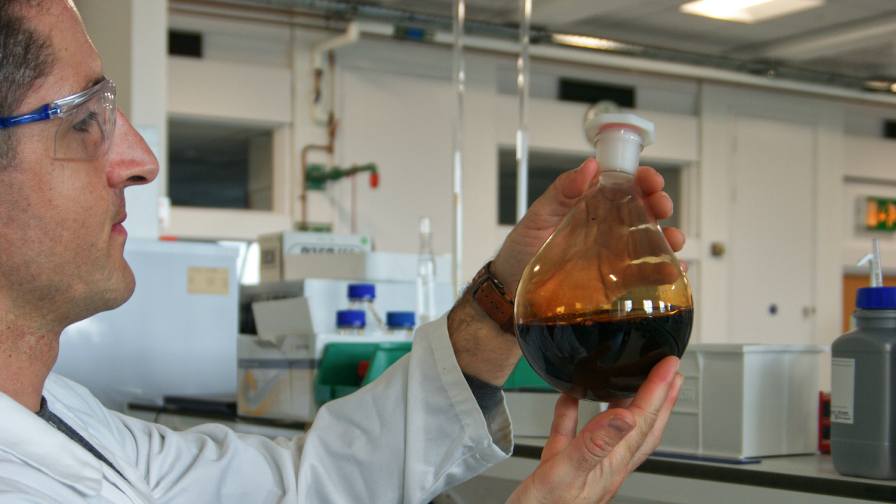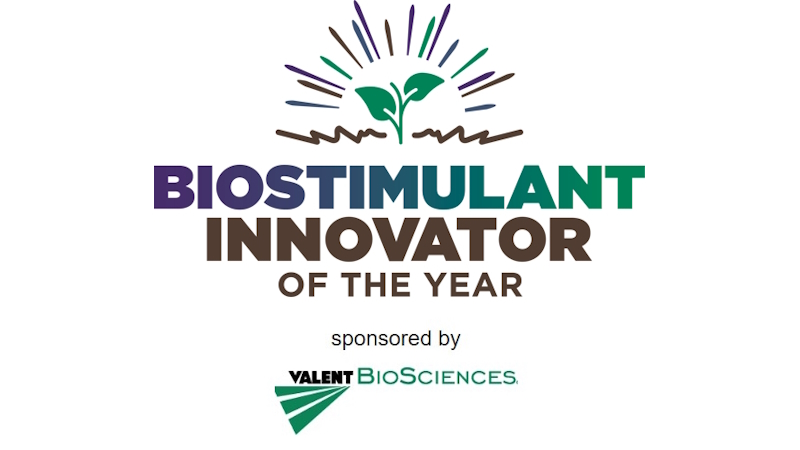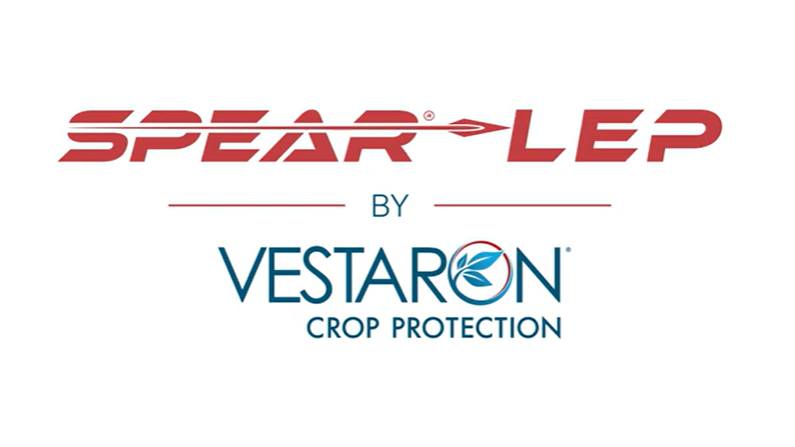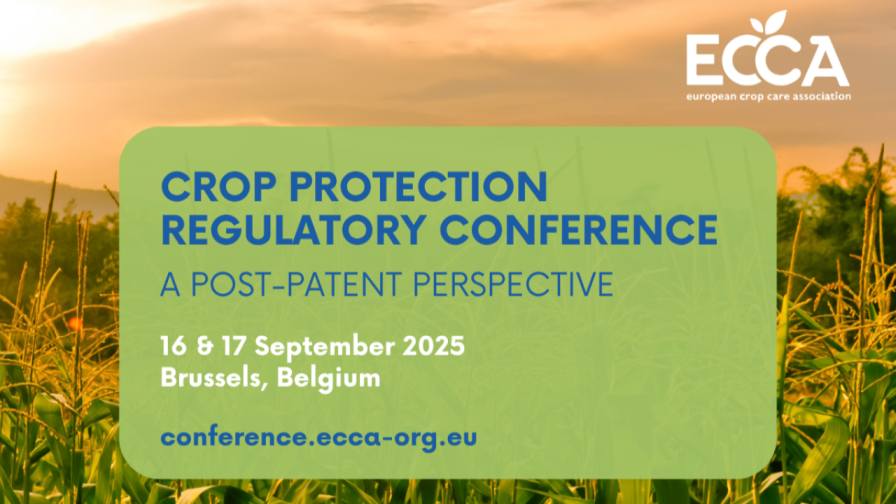New JMPS Procedures Can Hamper Competition
Editor’s note: This position paper was presented to the Joint Meeting on Pesticide Specifications on Monday, June 13th in Beijing by AgroCare, a global coalition of post-patent producers founded by ALINA, a federation of 27 Latin American countries; the European Crop Care Association, which represents companies in 11 countries; the Pesticides Manufacturers & Formulators Association of India (PMFAI); and the China Crop Protection Industry Association, which has more than 450 members who produce about 90% of all pesticides made in China.
This paper was developed by AgroCare´s Pesticide Specifications Group, which is composed of technical experts in the field of pesticide specifications from Europe, Latin America, China and India. AgroCare participates in regulatory discussions with international organizations that make decisions about public health and food safety, as well as meetings that discuss international regulatory standards, environmental impact and residue limits.
The generic crop-protection industry can meet the highest standards of quality and safety and satisfy the global demand with a diversified supply of competitively priced products. This vital industry can significantly contribute to the reduction of agricultural production costs and increase agricultural output worldwide. However, technical standards and regulations applicable to the marketing approval and international regulation of generic pesticides must be formulated and applied in a transparent, objective and impartial manner, consistent with international agreements.
`The role of technical standards and regulations is to facilitate the exchange of information and the diffusion of technologies, improve production efficiency (notably through economies of scale) and encourage a level playing field for competing undertakings. In the case of pesticides, such standards and regulations also serve to protect the environment and human health. In this regard, FAO/WHO specifications are intended to serve the purpose of international quality standards to be used in technical regulations. The Manual on Development and Use of FAO and WHO Specifications for Pesticides states the role of specifications in the world market as follows: “Harmonization of relevant national and/or international standards through the use of FAO and WHO specifications should facilitate world trade in pesticides.”
The original (often referred to as “old procedure”) specifications served their intended purpose well. These original specifications contained two vital pieces of information:
1) the minimum standard to purity of the active ingredient found in the technical grade material; and
2) the maximum tolerance (concentration) of any relevant impurities plus their analytical methods. This information was published in its entirety, making “old procedure” specifications completely transparent. Any third party could independently assess the conformity of a second manufacturer’s product with the published specification. In order to do this, the third party needed the impurity profile (based on the “5-Batch Analysis”) to determine whether the published quality standards were being met. No involvement by the FAO/WHO Joint Meeting on Pesticide Specifications (JMPS) Panel was required to determine the conformity of a second manufacturer’s material with the specification.
However, the “new procedure” for defining FAO/WHO specifications, as applied by the JMPS since 1999, may hamper rather than promote the availability of competitive products in the global market. All references made to, or implied uses of, specifications stated in the FAO/WHO Manual on Development and Use of FAO and WHO Specifications for Pesticides, as well as the Draft Guideline of Quality Control of Pesticides, are incompatible with how specifications actually work under the “new procedure,” and raise the question regarding the purpose specifications serve today. For specifications to truly serve as international standards they must be public, transparent, impartial and practical to implement. “New procedure” specifications set out standards that, due to inherent flaws in their design and mode of application, can block or delay the timely introduction of generic competitive products in an unacceptable manner, as mentioned previously. Moreover, these specifications induce WTO members who subject the marketing approval of pesticides or the definition of technical regulations to compliance with such a procedure, to violate binding multilateral agreements aimed at preventing the creation of unnecessary barriers to trade.
Under the “new procedure” for defining FAO/WHO specifications, the resulting specifications are linked to a single manufacturer and include non-relevant impurities which are not published. Since “new procedure” specifications include this secret information, it is impossible for any third party (second manufacturer or regulator) to independently assess whether a pesticide conforms to the specification defined for its active ingredient. “New procedure” specifications have in essence partially blinded the international quality standard.
The recent methodology of defining FAO/WHO specifications applied under the “new procedure” is not transparent: It contains secret information. AgroCare does not question the right of any company to develop and preserve trade secrets. However, AgroCare objects to the incorporation of secret information into international specifications. Three main aspects need careful consideration:
1) Compliance with the FAO/WHO specifications, as currently implemented, is encumbered by the inclusion of items (information) for which intellectual property rights are claimed and whose content, in addition, is undisclosed. This generates uncertainty about conformity of equivalent products, discourages the entry of generic products into the market, and undermines the very nature of technical specifications as framework for the smooth functioning of a competitive market.
The legitimacy of technical standards that incorporate items protected by intellectual property rights has been challenged in the context of the WTO. Significantly, Member States have requested the WTO Committee on Technical Barriers to Trade to examine how patents and other intellectual property rights might become technical barriers to trade. The Standing Committee on Patents of the World Intellectual Property Organization (WIPO) has also been requested and has started to address these issues.
2) The secret elements in the FAO/WHO specifications create unfair advantages for the first registrant of pesticide products who is usually the proponent of the specification. As noted by the WTO Secretariat, the standard-setting dynamic may affect competition between countries and companies: “To the extent that promoters of competing standards come from different countries and the winner can claim rents from the adoption of their standard, strategic trade policy considerations come into play.”
Moreover, an UNCTAD-ICTSD report warned about the anti-competitive behavior that may be promoted when a standard “has become closed (or captured) by a limited number of producers with a high level of market control.” In the case of FAO/WHO specifications, the standard is usually captured by a single manufacturer that proposed the standard.
The presence in the FAO/WHO specifications of secret elements indirectly allows a small group of companies to keep the rate of new entries into the pesticides market artificially low and thereby maintain high profit margins, to the detriment of farmers and consumers. The market power conferred to those companies can be exercised well beyond the expiry of any relevant product or process patents, that is, when the technology is in the public domain. Hence, farmers and consumers are deprived of the benefits that would result from more intense competition, once technologies have become freely available for use and production.
3) If the secret information assessed in the context of the “new procedure” includes data considered relevant to the safety and efficacy of the products, that information would enjoy, de facto, an indefinite protection. Test data protection, as implemented in the European Union, the USA, Japan and other countries, provides for the exclusive use of such data for a limited period of time, starting from the date of the marketing approval of the product. The purpose of the limitation of that period is to ensure that, after its expiry, anyone is free to use or rely on the relevant test data for the marketing approval of an equivalent product. The system implemented under the FAO/WHO specifications, on the contrary, may prevent the competitive use of the information relied upon by the JMPS sine die. This overprotection creates an unjustified obstacle to legitimate production and trade.
The JMPS Panel, which meets once a year, is the only entity capable of determining whether a second manufacturer’s product conforms with the international quality standard since the JMPS is the only body that has access to the secret information in the FAO/WHO specification. JMPS has thus become the exclusive conformity assessment provider in the world. The 2005 World Trade Report considers such a limitation in the options for conformity assessment to a product standard a critical trade barrier by stating: “The degree to which the assessment of conformity with a regulation may act as a trade barrier hinges critically upon the flexibility provided to exporters in choosing conformity assessment providers, activities and procedures.” The “new procedure” specifications monopolize conformity assessment in the JMPS.





